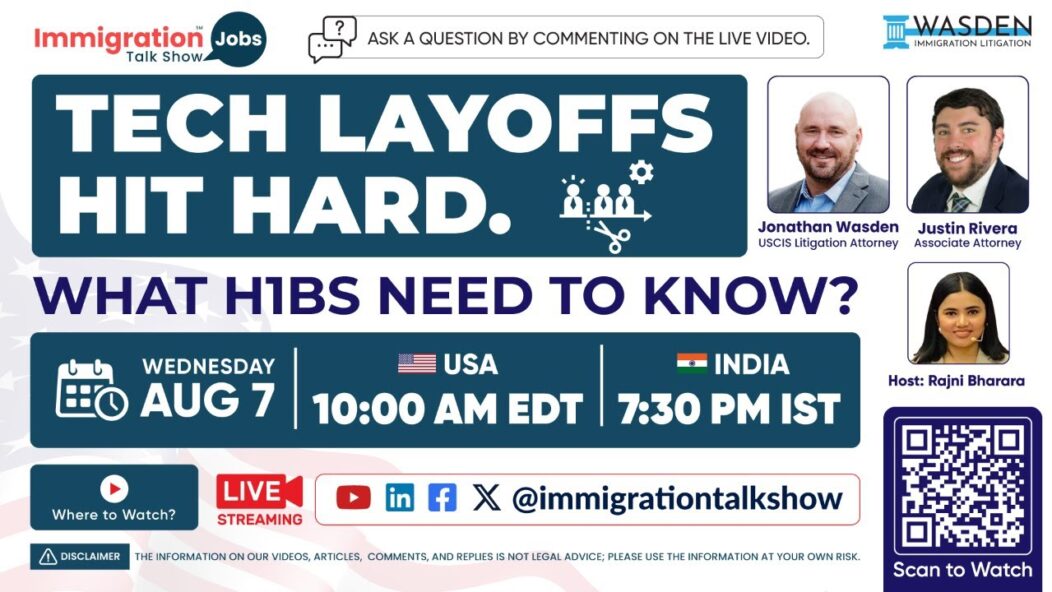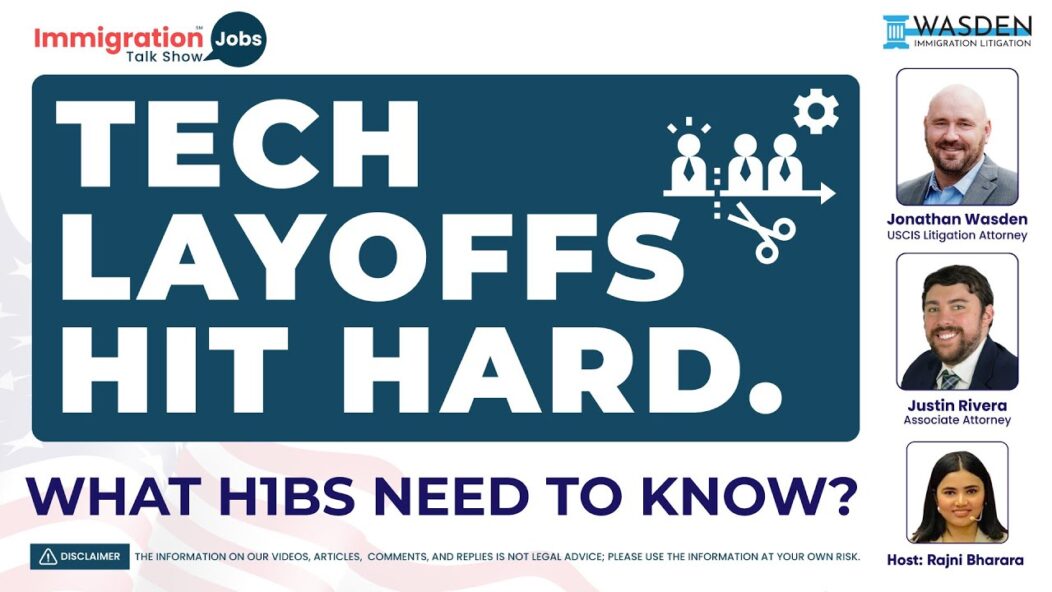The U.S. immigration landscape can often feel like a maze, especially when petitions are unexpectedly revoked. For foreign nationals in the U.S. under employment-based visas, these situations present serious risks to their legal status and work eligibility. The complexity of litigation, coupled with Requests for Evidence (RFEs), demands a clear understanding of one’s legal rights and options. This article explores the challenges and remedies in such cases, highlighting the essential role of immigration attorneys.
Key Takeaways
- Individuals whose petitions are revoked can pursue legal remedies through federal court.
- Timely filing of change of status applications can preserve lawful presence.
- Summary judgment in litigation offers a critical opportunity for resolution.
- Legal fees vary, but group cases can reduce individual costs.
- Immigration attorneys provide strategic manage through revocations, RFEs, and change of status.
Context
The tightening of U.S. immigration policies in recent years, especially concerning H-1B visa holders, has led to a surge in Notice of Intent to Revoke (NOIR) and actual revocations. USCIS actions have been inconsistently applied, prompting legal challenges. Courts have become pivotal arenas where affected petitioners seek to restore their status and cap numbers. The evolving legal landscape underscores the necessity of legal advocacy and court-based resolution for fairness and consistency.
The Legal Battlefield — Court as the Final Arbiter
When USCIS revokes an H-1B petition, the petitioner has the option to challenge the decision in federal court. The process typically begins with a motion to dismiss from the government. If unsuccessful, the case progresses to summary judgment, where the court assesses the merits. As seen in recent consultations, petitioners have found success in both government settlements and favorable rulings, making litigation a powerful tool.
The court route, while lengthy, offers a real chance for status reinstatement when USCIS decisions seem arbitrary or incorrect.
Strategic Use of Change of Status Petitions
Filing for a change of status—such as switching from H-1B to F-1—can help maintain lawful presence in the U.S. even after a petition is revoked. This is effective only if the application is timely and filed while still in lawful status. In this case, the applicant used a change of status to F-1 to legally remain while exploring litigation options.
Filing a timely change of status can safeguard against falling out of status during legal battles with USCIS.
Cost Considerations and Payment Flexibility
Legal battles come at a price, and fees can be daunting. However, law firms often provide flexibility such as group case discounts and phased payments. For example, a group litigation strategy might reduce the cost to $9,000 with potential discounts for upfront payments. This approach can make legal recourse more accessible.
Strategic fee structures, including group litigation and split payments, make legal action more financially feasible for affected petitioners.
Understanding RFEs and the Importance of Responsiveness
Receiving an RFE on a change of status petition can delay proceedings. Prompt and thorough responses are critical. Importantly, representation can be changed mid-process if the current attorney is unresponsive. A new attorney can take over the RFE response for a separate fee, often around $1,500.
RFEs require prompt attention, and switching attorneys mid-process is possible to ensure the case progresses effectively.
Why You Need an Immigration Attorney?
The U.S. immigration system is filled with procedural nuances and legal complexities. Attorneys help manage litigation timelines, prepare RFE responses, and strategize status preservation. They also assist in understanding eligibility windows—such as the six-year timeframe for challenging revocations—which are crucial for planning.
Legal counsel is essential for interpreting complex rules, ensuring timely filings, and increasing the chance of favorable outcomes.
Conclusion
Understanding the aftermath of a petition revocation is daunting but manageable with the right legal guidance. From litigation to change of status filings and RFE responses, each step requires careful planning and strategic decision-making. Immigration attorneys not only offer clarity but serve as advocates in a system that often appears opaque. Understanding one’s options and acting promptly can make the difference between lawful presence and immigration uncertainty.
Frequently Asked Questions
Can I stay in the U.S. while my H-1B petition is under litigation?
Yes, but only if you maintain lawful status through other means, such as a timely filed change of status.
What is the average cost of filing a lawsuit against USCIS?
Group cases may cost around $9,000, with possible discounts for early payment.
How long does litigation against USCIS typically take?
It may take 8–9 months, depending on the court’s response time to motions and judgments.
Can I change attorneys after receiving an RFE?
Yes, you can switch attorneys at any point, particularly if you’re dissatisfied with the current representation.
Does filing a lawsuit stop USCIS from acting on my petition?
No, but a court ruling in your favor can compel USCIS to reverse its decision.
How long do I have to challenge a revoked petition?
You generally have six years from the date of revocation to file a court petition.
Authors: Jonathan Wasden & Justin Rivera, Immigration Attorneys
How useful was this post?
Click on a star to rate it!









